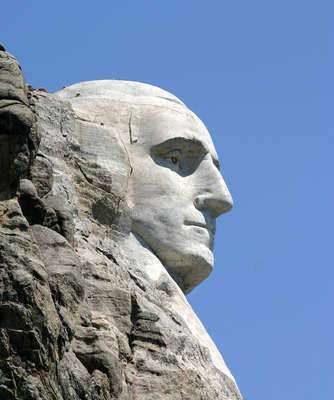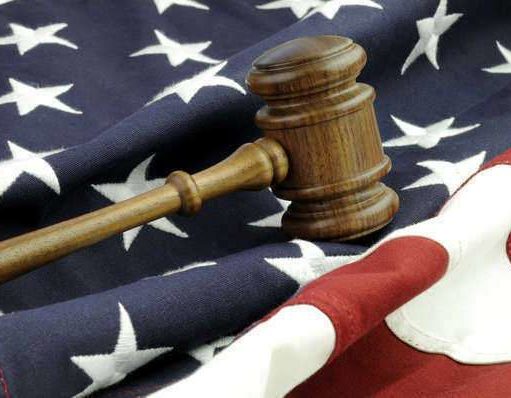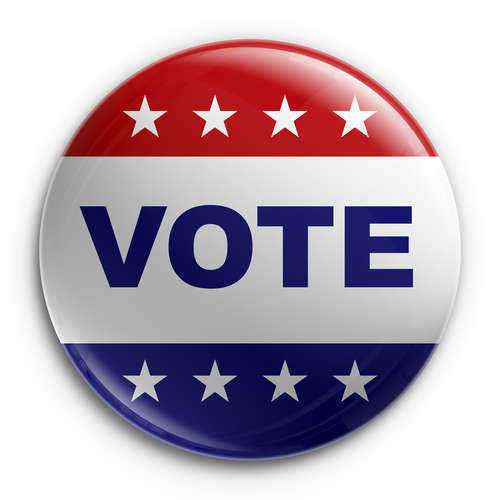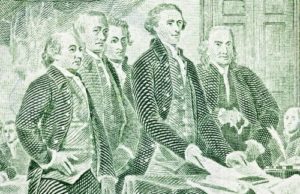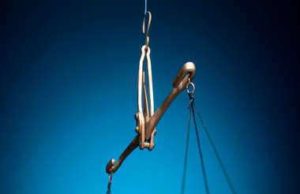Boumediene v. Bush

Boumediene v. Bush: The Case That Affirmed the Rights of Guantanamo Detainees
The Boumediene v. Bush case was a landmark decision by the United States Supreme Court, which affirmed the right of detainees at the Guantanamo Bay detention facility to challenge their detentions in federal courts. The case, which was heard in 2008, marked a significant victory for civil liberties and human rights advocates who had been fighting for the rights of the detainees since the facility was established in the aftermath of the September 11, 2001 attacks.
Background
Following the 9/11 attacks, the United States government launched a global war on terror, which involved capturing and detaining individuals suspected of being a threat to national security. Many of these detainees were taken to the Guantanamo Bay detention facility, which was located on land leased by the US government from the Cuban government.
At its peak, Guantanamo Bay held over 700 detainees, many of whom were held without charge or trial for years. The detention facility and the treatment of the detainees held there became controversial topics, with critics arguing that the detainees were being held in legal limbo and subjected to inhumane treatment and torture.
The Process
In 2004, a group of detainees at Guantanamo Bay filed a lawsuit challenging their detentions and seeking the right to habeas corpus, a legal procedure that allows individuals to challenge their detentions in court. The case, known as Rasul v. Bush, was eventually heard by the Supreme Court, which ruled in favor of the detainees, stating that they had the right to challenge their detentions in federal courts.
In response to the Rasul v. Bush decision, Congress passed the Military Commissions Act of 2006, which stripped detainees of their right to habeas corpus and placed restrictions on their ability to challenge their detentions in court.
The Boumediene v. Bush case was brought by Lakhdar Boumediene, an Algerian national who had been detained at Guantanamo Bay for over six years without charge or trial. Boumediene and five other detainees argued that the Military Commissions Act violated their right to habeas corpus and their constitutional right to due process.
The case was heard by the Supreme Court in 2008, and the Court ruled in favor of the detainees. In a 5-4 decision, the Court held that the detainees had a constitutional right to habeas corpus and that the Military Commissions Act was an unconstitutional suspension of that right.
Impact on the US legal system
The Boumediene v. Bush case had a significant impact on the rights of detainees at Guantanamo Bay and on the broader issue of executive power and the rule of law. The decision affirmed the principle that all individuals, regardless of their status as enemy combatants, have a right to challenge their detentions in federal courts and have their cases heard in accordance with the Constitution.
The decision also established a precedent for the Supreme Court’s role in checking executive power and upholding the rule of law. The case was a reminder that even in times of crisis, the Constitution and the rights it guarantees must be upheld, and that the courts have a critical role to play in protecting those rights and ensuring that the rule of law is respected.
Ten interesting facts about the Boumediene v. Bush case
- The case was named after Lakhdar Boumediene, one of the six detainees who filed the lawsuit challenging the Military Commissions Act of 2006.
- Boumediene had been detained at Guantanamo Bay for over six years, during which time he was subjected to physical and psychological torture.
- The case was one of the most significant legal challenges to the US government’s detention and interrogation policies in the wake of the September 11 attacks.
- The case was heard by the Supreme Court twice, with the first hearing taking place in 2007 and the second in 2008.
- The Boumediene v. Bush decision was a historic victory for the detainees at Guantanamo Bay, who had been held without charge or trial for years.
- The Boumediene v. Bush case was seen as a rebuke to the Bush administration’s policies regarding detention and interrogation in the war on terror.
- The decision in Boumediene v. Bush was not unanimous, with Justice Antonin Scalia writing a dissenting opinion that criticized the majority’s reasoning as overly broad.
- The Boumediene v. Bush decision marked a significant victory for civil liberties and human rights advocates, who had been fighting for the rights of the detainees since the facility was established.
- The Boumediene v. Bush case highlighted the importance of the rule of law and the role of the courts in checking executive power and upholding the Constitution.
- The Boumediene v. Bush decision remains a powerful reminder of the importance of defending civil liberties and human rights, even in times of crisis and uncertainty.
Conclusion
The Boumediene v. Bush case was a critical moment in US legal history, which affirmed the rights of detainees at Guantanamo Bay and established important principles regarding the rule of law and the courts’ role in checking executive power. The decision was a significant victory for civil liberties and human rights advocates who had been fighting for the rights of the detainees since the facility was established. Today, the Boumediene v. Bush decision remains an important reminder of the need to uphold the Constitution and the principles of justice and fairness, even in times of crisis and uncertainty.
Boumediene V. Bush: The Background
The case of Boumediene v. Bush dealt with something called habeas corpus. The case revolves around a man named Lakhdar Boumediene who was a naturalized citizen of Bosnia. Mr. Boumediene was placed in military prison by the United States Government at Guantanamo Bay in Cuba.
Habeas corpus is a legal action which states that a prisoner in jail can be released if there is little evidence that says he should have been put in jail in the first place. Habeas corpus can be sought by the prisoner him/herself or by another body who comes to the prisoner’s aid.
So, if a prisoner enacts a habeas corpus, he or she will be taken out of jail and placed in a court. The courts will then review and determine whether the government or organization that put him in hail has the authority to do so. If the custodian does not have the power to detain the prisoner, then the prisoner will be released.
Guantanamo Bay is a scary military prison and is not formally a part of the United States of America. It is, however, rented by the United States from Cuba. The country of Cuba maintains control over the territory, while the United States simply exercises jurisdictional power over the prison.
The Trial: Boumediene V. Bush
On June 12th of 2008, Supreme Court Associate Justice Kennedy ruled for the 5-4 majority, stating that the prisoners of Guantanamo Bay had a right to habeas corpus according to the United States Constitution.
The Supreme Court decided that the United States maintained its jurisdiction and control over the camp, while Cuba retained ultimate sovereignty over it. This ruling basically says that the prisoners of the base are enemy combatants and are thus entitled to habeas corpus.
Habeas corpus is protected in Article I, Section 9 of the United States Constitution. The ruling in Boumediene v. Bush reversed the lower court’s decision which said that constitutional rights should not be extended to prisoners of Guantanamo Bay.
The Verdict: Boumediene V. Bush
The verdict of Boumediene v. Bush stated that all prisoners of Guantanamo Bay, even those who were suspected of terrorism are allowed to question the reasoning behind their imprisonment. This ruling was administered because the Supreme Court stated the prison to within the United States Court System.

